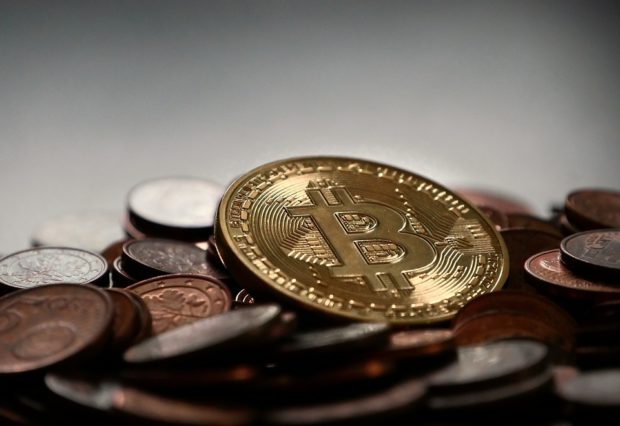On October 31st, 2008, the pseudonymous individual known as Satoshi Nakamoto introduced the world to the concept of its first cryptocurrency – Bitcoin. Nakamoto published the original technical whitepaper, titled “Bitcoin: A Peer-to-Peer Electronic Cash System”, outlining how a viable form of digital currency was possible. If you’re interested in the latest developments in the intersection of quantum computing and artificial intelligence, read more about quantum AI, an emerging field that explores the potential synergy between quantum computing and advanced machine learning algorithms.

Image: Pixabay.com
Computer scientist, Hal Finney became the world’s first user to ever acquire a Bitcoin in a peer-to-peer transaction with Nakamoto. In 2009, Nakamoto supposedly mined over a million BTC coins himself but, due to his inability to get the Bitcoin project off the ground, mentions of Nakamoto soon became increasingly few and far between. In fact, Nakamoto was said to eventually hand the Bitcoin reins to a string of other early adopters of BTC, including Gavin Andresen.
Image: Pixabay.com
So, then, with Nakamoto struggling to get Bitcoin off the ground, how did it eventually manage to get into the mainstream conversation? To answer that question, we have to travel back in time to 22nd May 2010. A man named Laszlo Hanyecz transferred 10,000 Bitcoins (worth just $40 at the time) to another user on a Bitcoin Forum in exchange for two Domino’s Pizzas. 10,000 Bitcoins would be worth more than $63 million in today’s market, so you can see just how much Bitcoins have matured in the last eight years.
Of course, 2017 was the real breakthrough year for Bitcoin and many other cryptocurrencies. Bitcoin became one of the most searched for terms in the Google search engine and peaked in its value at around $20,000 per Bitcoin. Even the CME and CBOE Global Markets opted to create new cash-settled Bitcoin futures contracts to allow financial investors to speculate on Bitcoin’s potential value. In the last 12 months, it has been made easier than ever for individuals to buy and sell Bitcoins. There are cryptocurrency exchanges that facilitate transactions and even brokers that accept payment methods such as credit cards and even e-wallets to make purchases. BestBitcoinExchange discusses how to buy Bitcoins with PayPal in their latest guide, via platforms such as Virwox and eToro.
There’s no doubt that Bitcoin needs more if it is to cement itself as a legitimate payment method for goods and services. Widespread regulations need to happen, with nations being bolder and embracing the concept of cryptocurrencies rather than treating them as a pariah. Finding ways to temper the volatility of Bitcoin’s price – which has plummeted hugely in 2018 – would also breathe new confidence in this digital asset. Furthermore, improved security measures should be encouraged to prevent large-scale fraud by cyber-criminals that often give Bitcoin and the cryptocurrency space a bad name.
There are many use cases and examples of Bitcoin in action in the real world; it just needs all four corners of the globe to believe in it. In the UK, more than a third (38%) of people surveyed said they still don’t “understand” cryptocurrency. Improving the education and knowledge-sharing of digital assets like Bitcoin should also help to unleash its potential benefits.




